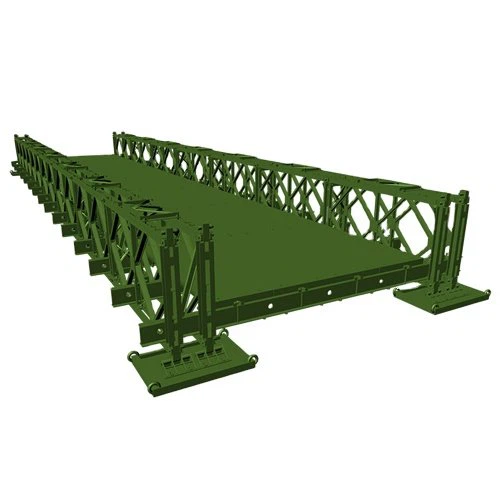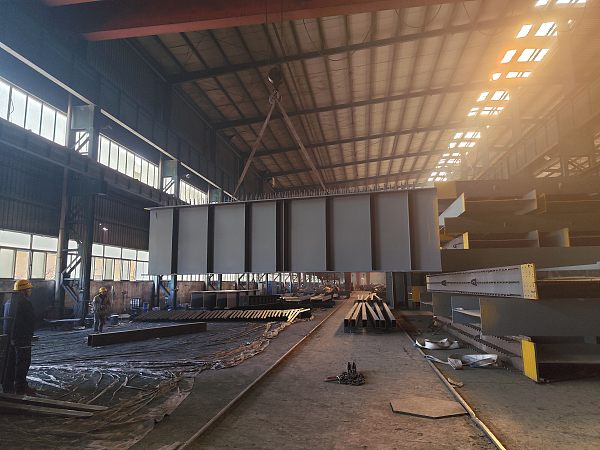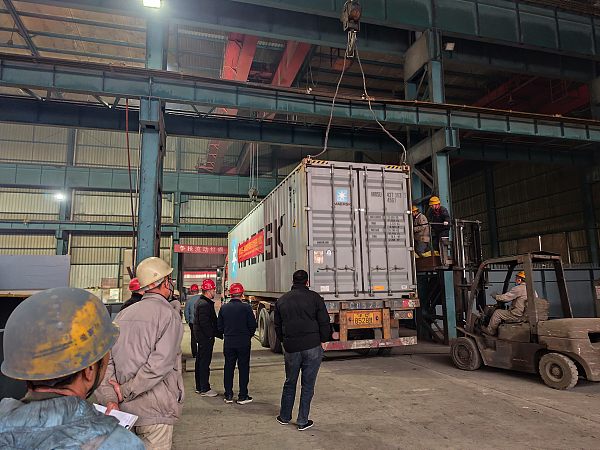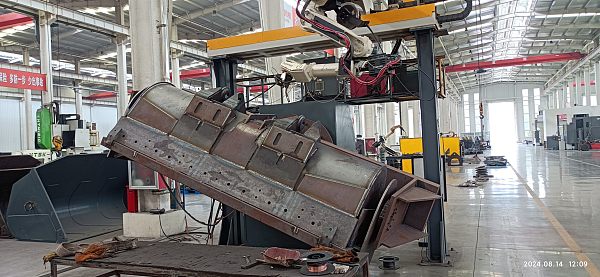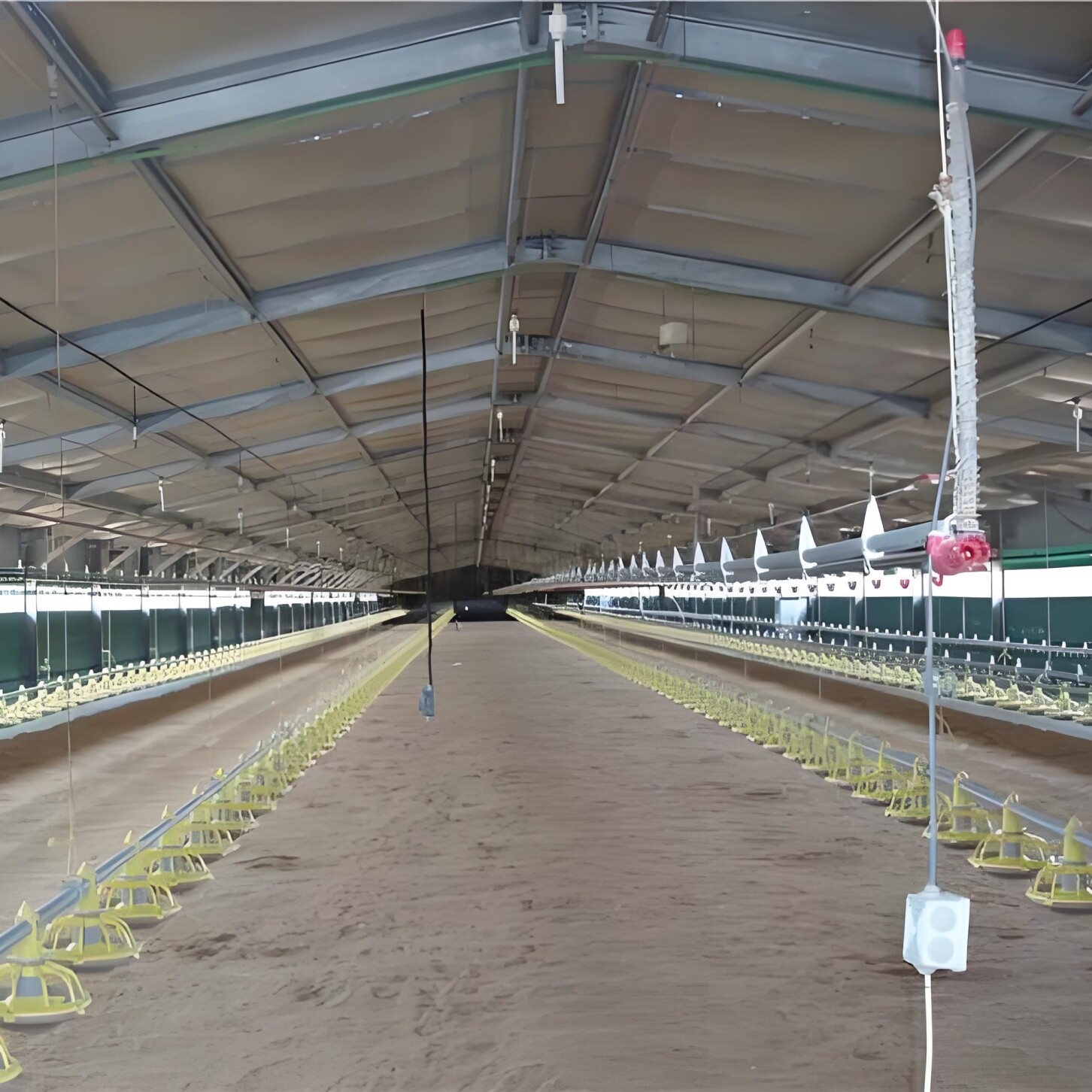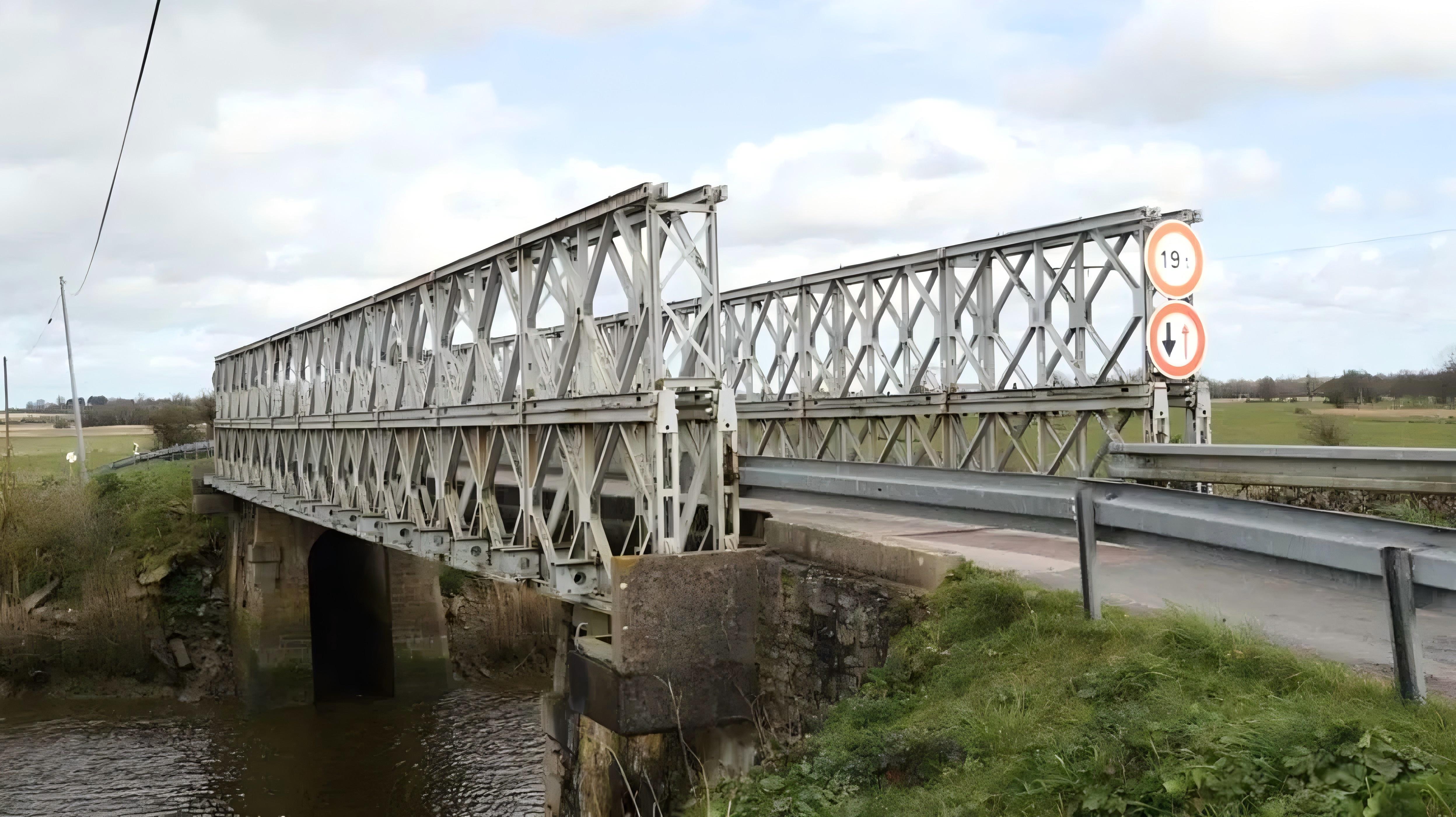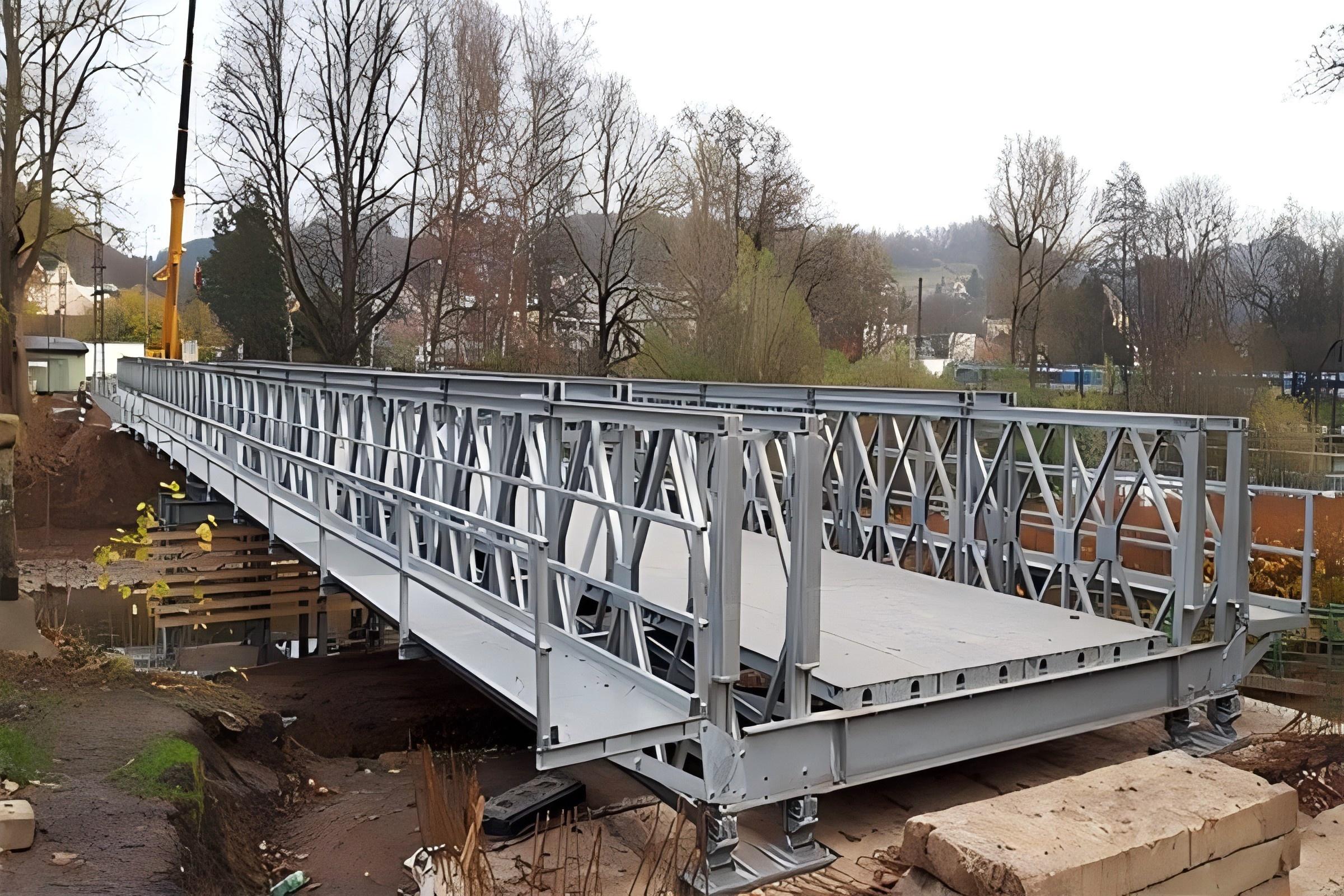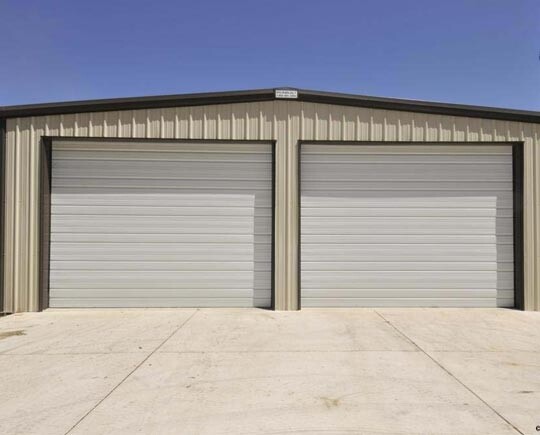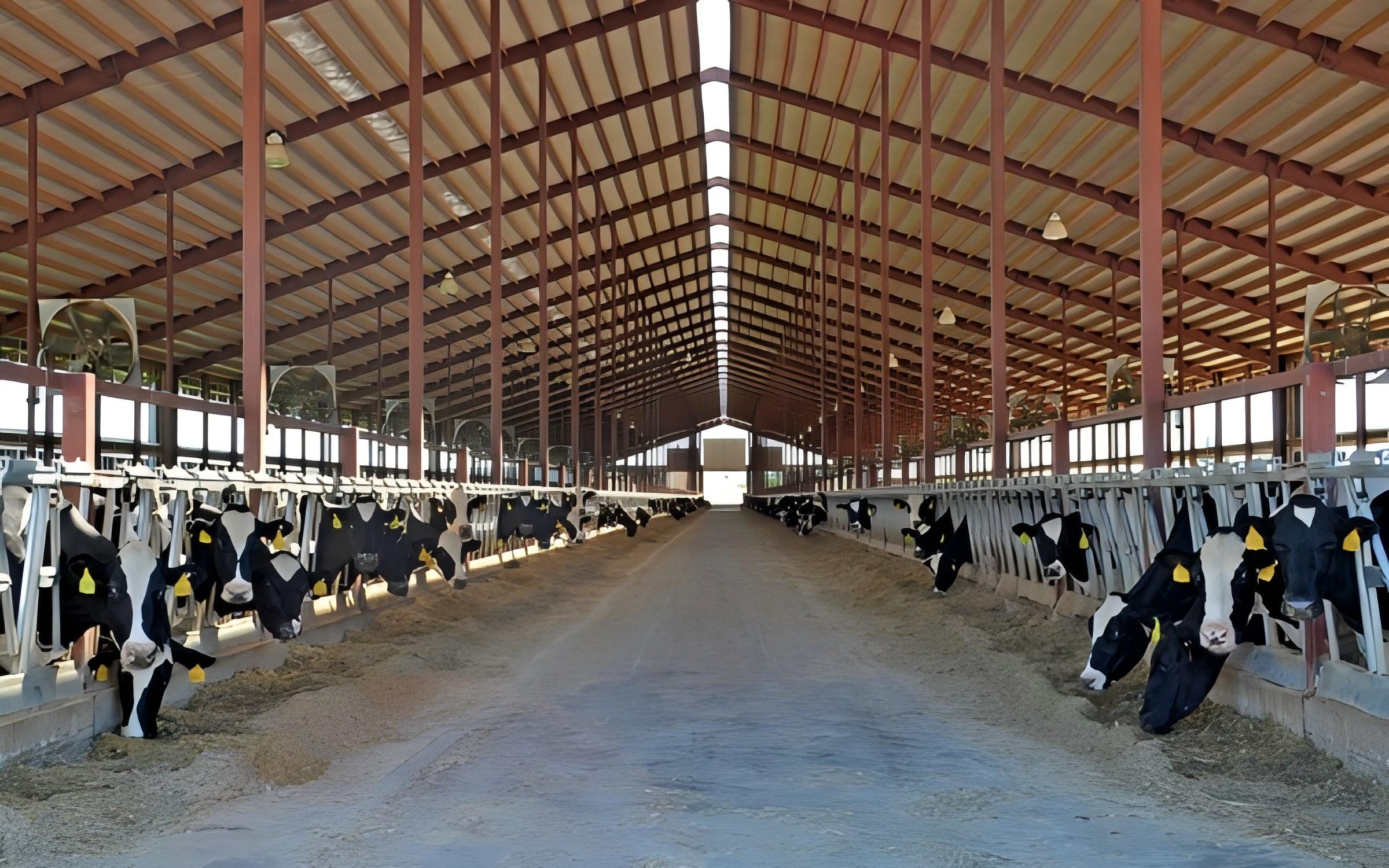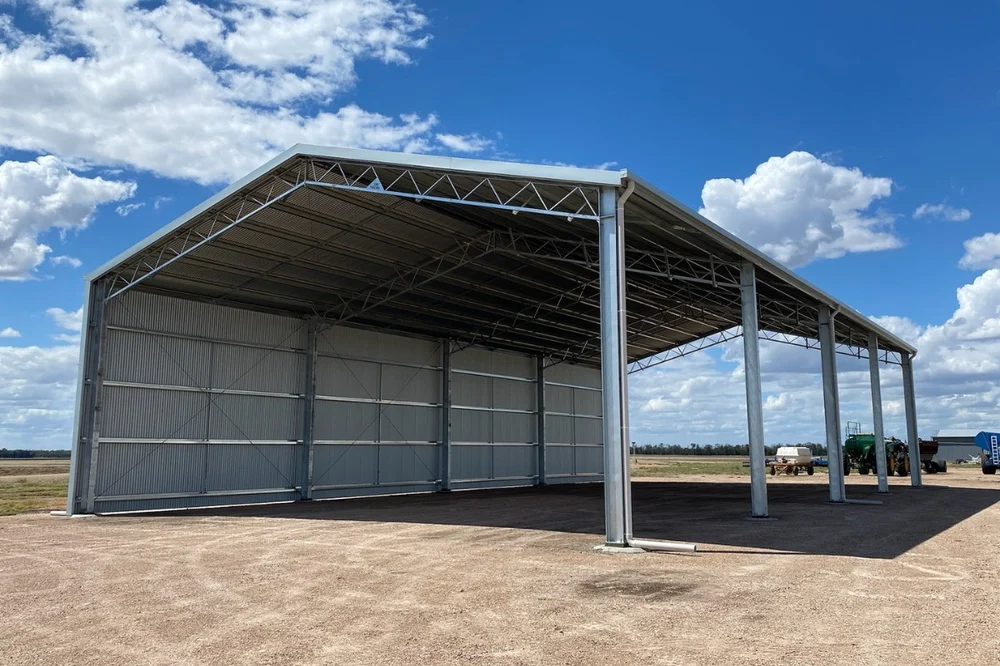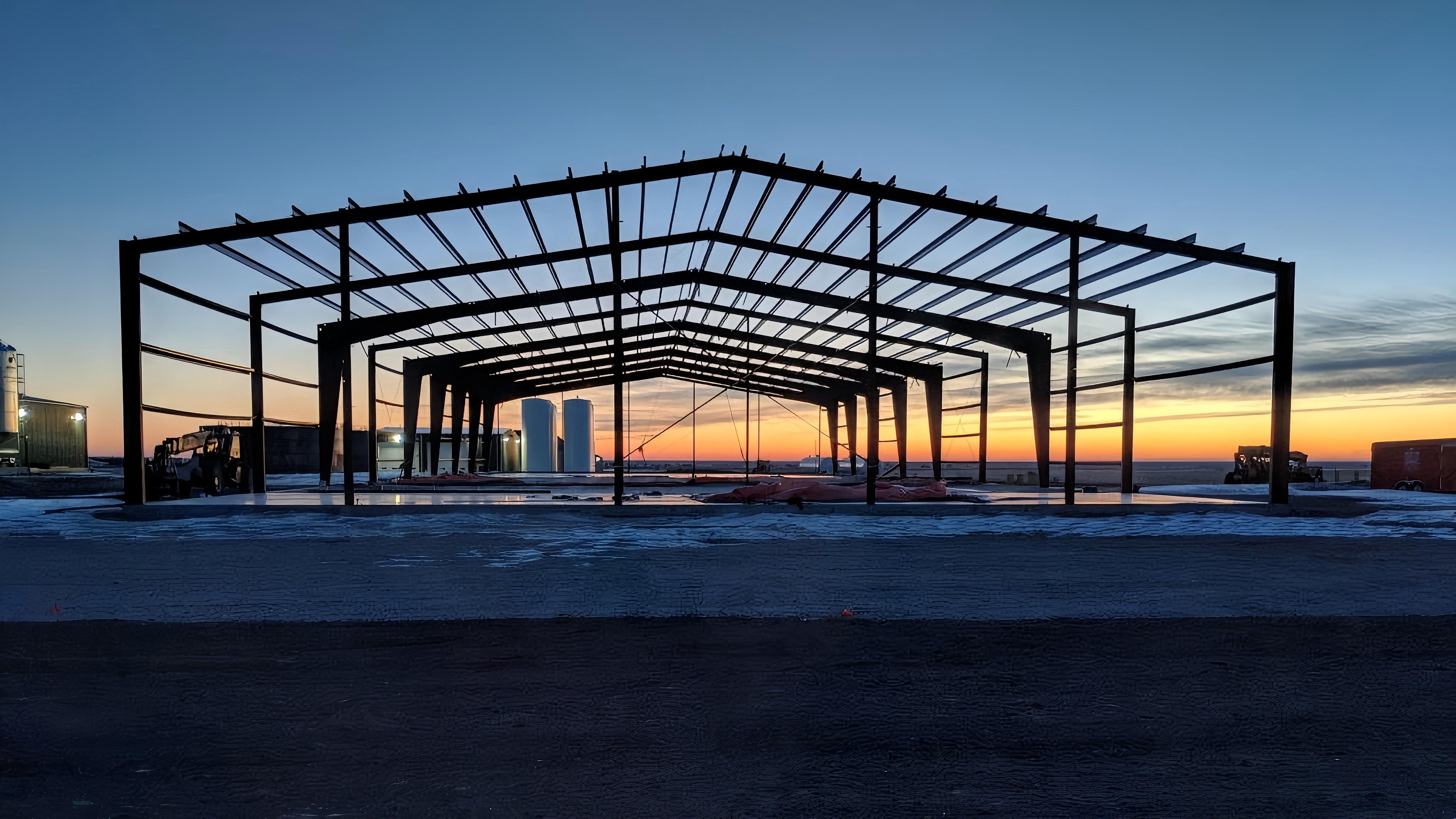- PRODUCT CENTER -
Leave A Message
Product Parameters

Military Bailey Bridges: A Complete Guide to Their Design, Use, and Legacy
Introduction
The Bailey Bridge is one of the most iconic and widely used military portable bridges in history. Designed during World War II, it revolutionized military logistics by enabling rapid deployment of temporary bridges in combat zones. Even today, Bailey bridges remain in use for both military and civilian applications due to their modularity, strength, and ease of assembly.
This guide explores:
✔ History and development of the Bailey Bridge.
✔ Design and engineering principles.
✔ Military applications in past and modern conflicts.
✔ Civilian uses in disaster relief and infrastructure.
✔ Comparison with other military bridges (e.g., Mabey Johnson, Acrow).
1. History of the Bailey Bridge
1.1 Invention and World War II
Invented by British engineer Sir Donald Bailey in 1940.
Designed to replace slower, less adaptable pontoon and fixed bridges.
First used in 1942 (North Africa Campaign) and later in Europe (D-Day, Battle of Remagen).
1.2 Post-War Expansion
Used in the Korean War, Vietnam War, and Gulf War.
Adopted by NATO and other militaries worldwide.
Still in service today due to its durability and adaptability.
2. Design and Engineering
2.1 Modular Construction
Made of prefabricated steel panels (10 ft × 5 ft sections).
Components include:
Transoms (horizontal supports).
Stringers (longitudinal beams).
Decking panels (road surface).
Bracing and pins (for quick assembly).
2.2 Assembly Process
Can be built without heavy machinery (manually or with light vehicles).
No welding or bolts—uses a pin-and-clip system for rapid setup.
Typical assembly time: A few hours to a day, depending on length.
2.3 Load Capacity
Military Class 40 (supports tanks up to 40 tons).
Civilian versions handle trucks, emergency vehicles, and pedestrian traffic.
2.4 Variations
Single-story vs. double-story (for extra strength).
Floating Bailey bridges (for river crossings).
Reinforced versions for heavy civilian use.
3. Military Applications
3.1 World War II (1942–1945)
D-Day (Normandy): Used to replace destroyed bridges.
Battle of Remagen: Captured Ludendorff Bridge reinforced with Bailey components.
Burma Campaign: Critical for Allied supply lines in jungle terrain.
3.2 Later Conflicts
Korean War (1950–1953): Used extensively for troop movements.
Vietnam War (1955–1975): Deployed for river crossings in difficult terrain.
Falklands War (1982): British forces used Bailey bridges for rapid logistics.
3.3 Modern Military Use
Still in NATO and British Army inventories.
Used in Iraq and Afghanistan for temporary infrastructure.
Ukraine War (2022–present): Deployed for rapid bridge repairs after Russian strikes.
4. Civilian and Disaster Relief Uses
4.1 Emergency Bridges
Earthquakes & floods: Deployed after disasters (e.g., Nepal 2015, Haiti 2010).
War-torn regions: Used by NGOs for humanitarian aid routes.
4.2 Temporary Infrastructure
Construction sites: Bypasses during highway/bridge repairs.
Remote areas: Connects villages in developing countries.
4.3 Legacy in Civil Engineering
Inspired modern modular bridging systems (Mabey Johnson, Acrow).
Some Bailey bridges still in civilian use decades after installation.
5. Comparison with Other Military Bridges
6. Why Bailey Bridges Are Still Relevant Today
✔ Rapid deployment in war and disaster zones.
✔ No need for heavy machinery (unlike concrete bridges).
✔ Adaptable—can be extended, widened, or reinforced.
✔ Cost-effective compared to permanent bridges.
7. Conclusion
The Bailey Bridge remains a cornerstone of military and emergency engineering, proving its worth for over 80 years. From World War II battlefields to modern disaster relief, its simple yet brilliant design ensures it will continue to be used for decades to come.

Xingya Bailey Bridge – Superior Design, Precision Production, Unmatched Quality
Engineered for Excellence – Built to Last
At Xingya, we take pride in manufacturing high-performance Bailey Bridges that set the industry standard for durability, modularity, and rapid deployment. Whether for military, civilian, or emergency use, our bridges are designed with precision engineering, superior materials, and rigorous quality control to ensure reliability in the toughest conditions.
1. Innovative Design – Strength Meets Flexibility
Modular & Adaptable Construction
Precision-engineered panels for quick assembly and reconfiguration.
Interlocking pin-and-clip system – no welding or bolts required.
Expandable lengths (10m to 100m+) and custom configurations (single/double-story).
Optimized Load Capacity
Military-grade strength (supports Class 40+ loads – up to 70 tons).
Civilian applications (vehicular & pedestrian traffic).
Enhanced Safety Features
Non-slip decking for all-weather traction.
High-strength guardrails for maximum protection.
Corrosion-resistant coatings for long-term durability.
2. Precision Production – Crafted for Reliability
Advanced Manufacturing Process
✔ High-grade steel – Q345B or ASTM A572 for superior strength.
✔ Robotic welding & CNC cutting – ensuring perfect alignment and structural integrity.
✔ Hot-dip galvanization – rust-proof protection for harsh environments.
✔ Powder coating options – customizable colors for aesthetic appeal.
Strict Quality Control
ISO 9001-certified production – every component undergoes stress testing.
Third-party inspections – guaranteeing compliance with MIL-STD, EN 1090, and ASTM standards.
3. Unmatched Quality – Trusted Worldwide
Why Choose Xingya Bailey Bridges?
✅ Faster Deployment – Assembles 3x faster than traditional bridges.
✅ Lower Maintenance – Galvanized steel resists rust, UV damage, and wear.
✅ Versatile Applications – Ideal for military crossings, disaster relief, and infrastructure projects.
✅ Proven Performance – Used by governments, militaries, and NGOs globally.
Our Commitment to Excellence
Custom engineering support – Tailored solutions for unique challenges.
Global logistics network – Fast delivery to any location.
Lifetime technical support – Ensuring your bridge performs flawlessly.
4. Applications – Where Xingya Bridges Excel
✔ Military & Defense – Rapid deployment for troop and vehicle movement.
✔ Disaster Relief – Emergency crossings after floods, earthquakes, or war damage.
✔ Civil Engineering – Temporary bypasses during construction.
✔ Remote Access – Connecting rural and hard-to-reach areas.
Choose Xingya – The Gold Standard in Bailey Bridges
When reliability, speed, and strength matter, Xingya Bailey Bridges deliver. Our cutting-edge design, military-grade production, and uncompromising quality make us the preferred choice for engineers, militaries, and contractors worldwide.
???? Contact us today for a customized quote!
???? Visit our website for case studies and technical specifications.
Xingya – Bridging the Future, Built to Endure.
Packaging and Transportation
Instruments and Equipment
FAQ
Q: How can I get a quote for my project?
Q: How long can I get the price?
Q: Can we visit your factory?
Q: Do you provide customized product services?
Q: Where is the loading port?
Q: How to package the product?
Q: What if I have no import experience?
Q: Can you provide on-site installation service?
Q: How long is the delivery time?
Q: What is your payment terms?
Q: How can I place an order if my trial order does not reach your MOQ?
Q: How do you control product quality?
Contact Us
RELATED PRODUCTS
TOUCH WITH US

